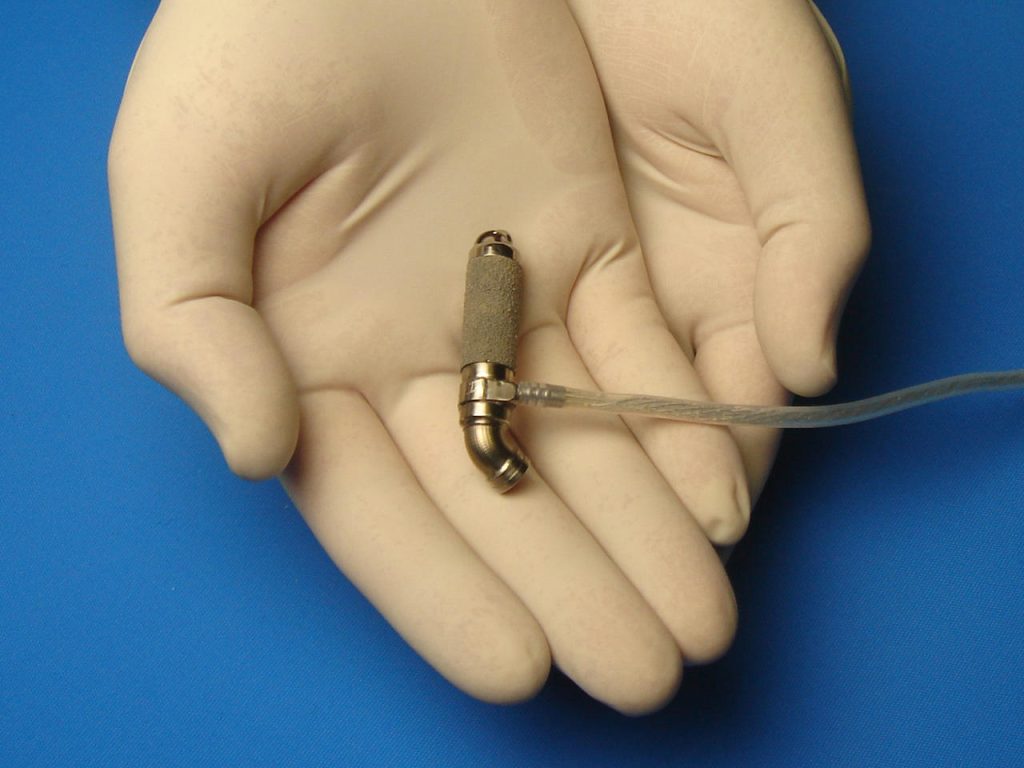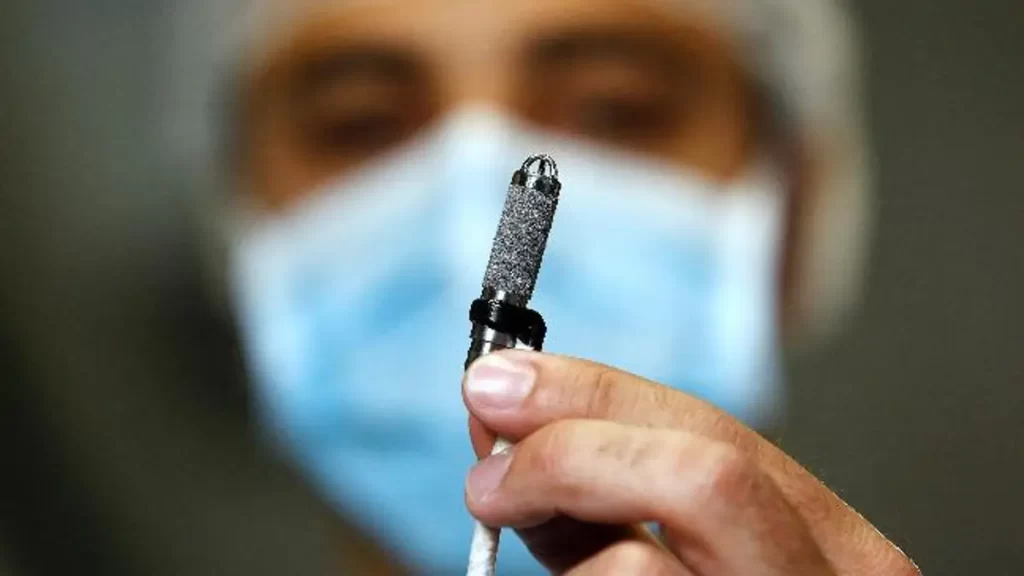In a remarkable medical achievement, a team of doctors in Italy has successfully implanted the world’s smallest artificial heart into a 16-month-old boy, saving his life while he awaited a transplant. This groundbreaking procedure took place at the Bambino Gesù Hospital in Rome and has been hailed as a significant milestone in pediatric cardiology.

Background: The Patient’s Condition
The infant, whose identity remains confidential, was diagnosed with dilated cardiomyopathy, a serious condition characterized by the enlargement and weakening of the heart muscle. This disease impairs the heart’s ability to pump blood effectively, leading to severe health complications and, in many cases, necessitating a heart transplant.
Prior to the artificial heart implantation, the baby had already undergone multiple surgical procedures, including the fitting of a mechanical pump to support his natural heart function. Unfortunately, he developed a severe infection around this device, further complicating his condition and emphasizing the urgency for a more effective solution.
The Surgical Procedure
The groundbreaking surgery occurred last month and was made public recently, showcasing both the innovation and skill of the surgical team led by Dr. Antonio Amodeo. The operation involved the delicate implantation of a tiny titanium pump, weighing just 11 grams, which is significantly smaller and lighter than traditional artificial hearts used for adults, which typically weigh around 900 grams.
The miniaturized pump is designed to handle a blood flow rate of approximately 1.5 liters per minute, making it suitable for the infant’s size and physiological requirements. While the operation itself was not particularly complex from a surgical standpoint, the challenges arose from the child’s prior health complications and multiple surgeries. Dr. Amodeo noted that the infant had been under their care since he was just one month old, which fostered a deep connection between the medical team and the patient.
“This child became part of our family,” Dr. Amodeo said, reflecting on the emotional investment the team had in the boy’s recovery. “Every day, every hour, for more than a year, he was with us. We felt a responsibility to do everything we could to help him.”
The Role of the Artificial Heart
The artificial heart, developed by the American cardiologist Dr. Robert Jarvik, has primarily been tested on animals until this groundbreaking procedure. Given the critical nature of the surgery, the Bambino Gesù Hospital sought special permission from both Dr. Jarvik and the Italian health ministry to proceed with the implantation.
Dr. Amodeo described the tiny device as a “bridge” to transplant, indicating that while it serves as a temporary solution, advancements in technology may allow for the development of permanent artificial hearts in the future. The successful implantation not only kept the baby alive for 13 days but also provided crucial time for a suitable donor heart to become available.
Post-Operative Care and Recovery
Following the implantation, the infant was closely monitored in the hospital’s intensive care unit. Thanks to the new artificial heart, he stabilized and was ultimately able to receive a transplant. The boy is reportedly recovering well, with doctors optimistic about his prognosis moving forward.
This procedure underscores the potential for artificial heart technology to evolve and expand its applications, particularly in pediatric medicine. The team at Bambino Gesù Hospital is hopeful that this success will pave the way for more advancements in heart surgery for young patients.
Implications for Pediatric Cardiology
The successful use of the smallest artificial heart in an infant marks a significant development in the field of pediatric cardiology. It demonstrates the potential for innovative devices to bridge the gap for young patients awaiting transplants. The procedure also raises important questions about the future of artificial heart technology, particularly for children, who have unique anatomical and physiological considerations.
As medical professionals continue to explore the capabilities of artificial hearts, this case serves as an inspiring example of what is possible when cutting-edge technology is combined with skilled surgical expertise. The implications for future treatments could revolutionize care for infants and children suffering from severe heart conditions, potentially saving countless lives.
Conclusion
The implantation of the world’s smallest artificial heart in a 16-month-old boy is not just a testament to medical innovation but also a powerful reminder of the human spirit’s resilience. As the medical community reflects on this extraordinary achievement, the story serves as an inspiration for researchers, doctors, and families facing similar challenges.
With ongoing advancements in technology and surgical techniques, there is hope that more young patients will benefit from such pioneering interventions in the years to come. The Bambino Gesù Hospital’s successful surgery is a beacon of hope in the realm of pediatric heart care, illustrating that with determination and ingenuity, even the most daunting medical challenges can be overcome.

